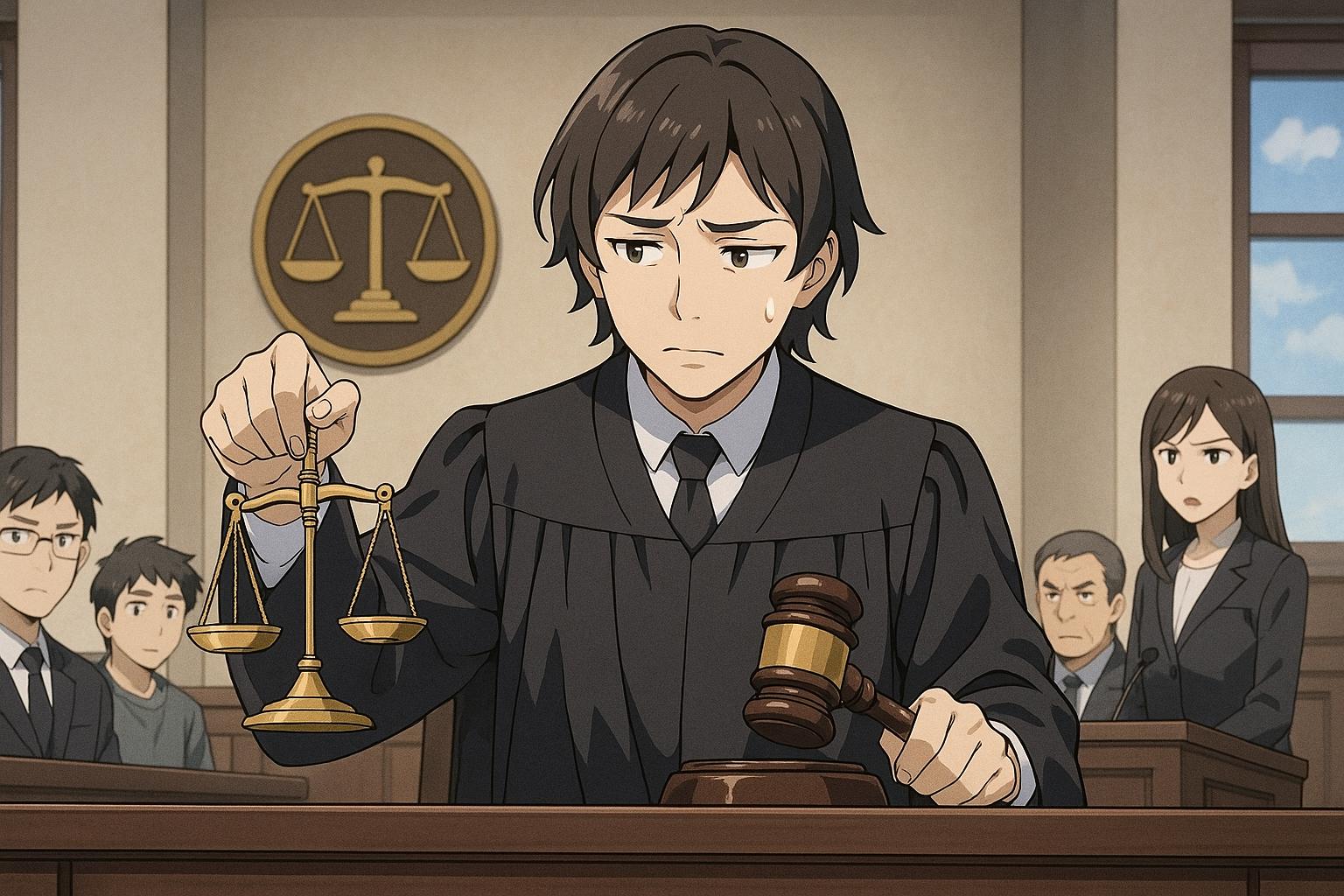A postman convicted of possessing child abuse images has been back in court, facing new charges related to extreme pornography depicting disturbing content. James Crispin, 45, previously avoided jail time in 2021 when he received a suspended sentence for similar offences. However, a recent court appearance at Snaresbrook Crown Court has brought his past back to light, as he now navigates the complexities of law and societal response to such crimes.
Crispin, residing in Havering, East London, came under scrutiny following reports of his online activities. Under a seven-year Sexual Harm Prevention Order (SHPO), his internet usage was monitored, leading to police intervention in October 2023. During this investigation, officers discovered two extreme pornographic images and 12 prohibited images on his phone, including indecent cartoons of children. While Crispin attributed his access to disturbing content to accidental exposure while browsing social media, many legal experts argue this defence highlights a broader issue: the difficulties of monitoring and controlling internet behaviour amid rampant on-demand content.
Defended by his barrister, Crispin claimed that he stumbled upon the images while engaging in discussions about artificial intelligence. His lawyer insisted that Crispin was unwittingly exposed to the extreme content, framing it as a "sick WhatsApp joke." This notion invokes ongoing debates over the legal interpretation of proximity to harmful content and the responsibilities of internet users.
The judge, Grace Amakye, ultimately decided against imprisonment, citing Crispin's response to probation and his early plea as mitigating factors. Instead, he has been sentenced to a 24-month community order, alongside rehabilitation measures and required unpaid work. This leniency raises questions about the efficacy of current laws in dealing with repeat offenders, especially in light of Crispin’s history of child image offences.
The situation surrounding Crispin is symptomatic of broader societal issues concerning pornography and its regulation. Legal discussions surrounding extreme pornography often highlight the dilemmas faced by courts balancing freedom of expression with public safety concerns. While some argue for the inclusion of consent as a crucial factor, the potential for exploitation within such content remains a troubling area of legal examination.
Moreover, the incidence of child pornography, as documented in various studies, correlates strongly with psychological and social factors linked to offenders. With significant numbers of individuals across different professions falling into this category, as noted by law enforcement reports, understanding the complex motivations and environments of such offenders becomes imperative in crafting effective legal responses. The prevalence of pornography online further complicates matters, leading some experts to advocate for a reevaluation of its accessibility and societal implications.
Crispin’s case serves not only as a reminder of the personal ramifications of such crimes but also the challenges faced by society in addressing the legal, psychological, and ethical dimensions of pornography. As legal frameworks adapt to respond to crimes of this nature, it will be essential to consider both the immediate impacts on victims and the broader consequences for community safety.
Reference Map
- Paragraphs 1, 2, 3: Source 1
- Paragraph 4: Source 2
- Paragraph 5: Source 3
- Paragraph 6: Source 4
- Paragraph 7: Source 5
- Paragraph 8: Source 6
- Paragraph 9: Source 7
Source: Noah Wire Services
